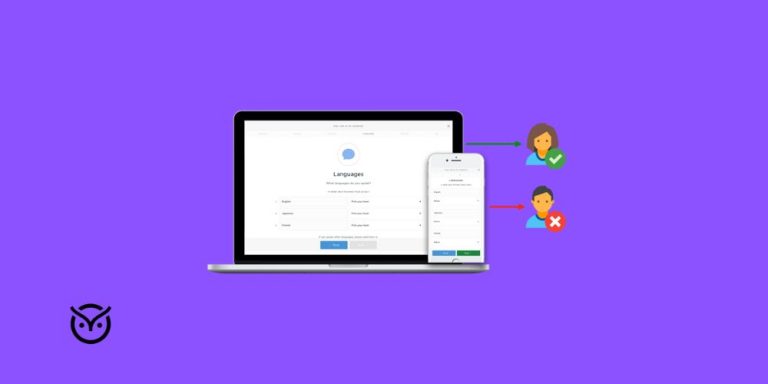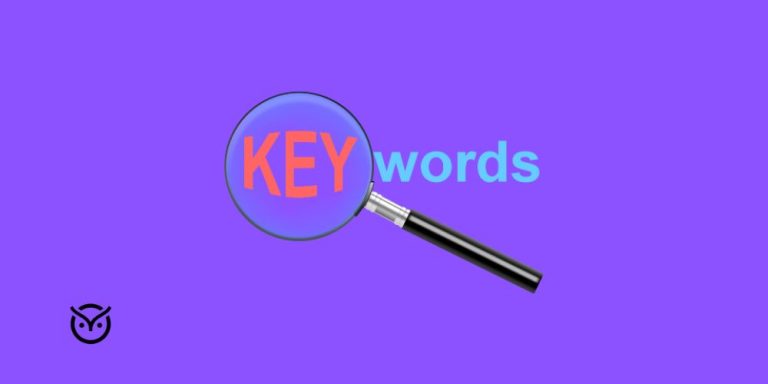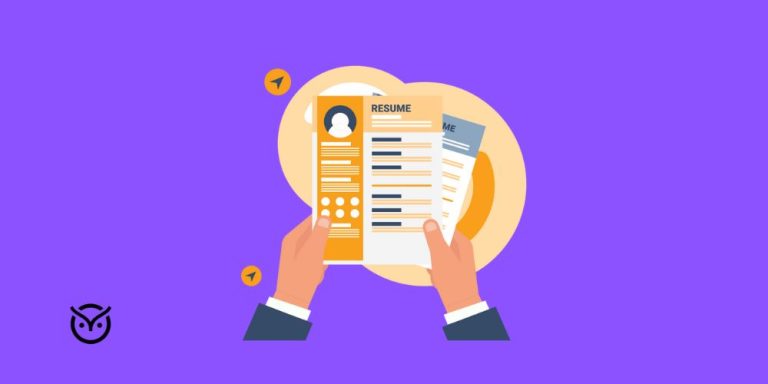ATS Integration: The Missing Link That Slows Recruiters Down

TL;DR
- ATS integration boosts hiring speed, accuracy and experience
- Poor links cause silos, rework and data errors
- Hidden costs: lost hours, bad hires, weaker brand trust
- Fix it with APIs, smart connectors and ATS integrated solutions
Recruiters juggle dozens of systems, manual copy-pasting and constant context switching and that’s before the first candidate calls in. Without ATS integration as a central hub, every tool stands alone, slowing decision cycles, creating data errors and frustrating both recruiters and applicants.
This blog will show you exactly how application tracking system integration cuts through the mess. You’ll see why many teams feel held back and what steps you can take to turn integration from an afterthought into your recruiting engine.
What Is ATS Integration?
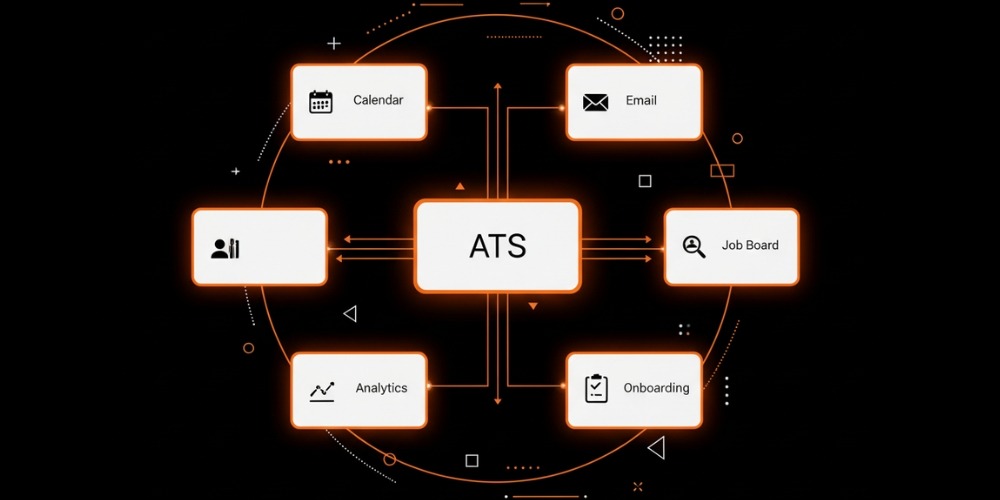
ATS integration is the process of connecting your core applicant tracking software to other systems (HRIS, job boards, assessment tools, calendars, CRMs) via APIs, connectors or plugins. It means data flows automatically, no manual copy-paste, no switching windows and fewer errors.
In practice, ATS integrated services or ATS integrated solutions allow recruiters to:
- Push job ads to multiple boards via ATS job board integration
- Sync candidate records to HR/payroll systems
- Trigger assessments or background checks automatically
- Use the applicant tracking system API to connect custom or external tools
The aim is to build a hiring setup where your ATS works as the main hub not just another disconnected platform. That’s what separates a simple ATS product from a fully connected system with solid ATS integrations.
Most modern platforms now come with ATS API access or ready-made connectors to simplify linking with other tools.
What Is ATS Integration? – Recruiter’s Connection Map
Connect each tool to the ATS hub. Click a tool, then click the ATS hub. You can also drag nodes around. All five links complete the puzzle.
Why ATS Integration Matters

Speed & Efficiency
Recruiting is a race: the faster you move, the better your chances of landing top talent. A well-integrated ATS can cut time-to-hire by up to 60%.
With proper integration, tasks like posting jobs, scheduling interviews and logging candidate communication happen in one system, not many. That’s especially true for workable integrations or similar connectors.
Better Data, Fewer Errors
Manual entries invite mistakes: duplicates, mis-tagging, lost notes. With integration, data syncs in real time across systems. That’s why many integration guides emphasize how merge ATS or merge dev style unified APIs prevents human errors.
Candidate Experience & Brand
Slow responses or miscommunication make candidates feel ignored. Integrated workflows help deliver timely updates, better tracking and less frustration. That supports your employer brand.
Scalability & Flexibility
As you grow, you’ll add new tools: assessment software, CRM and onboarding platforms. Without integration, each new tool becomes another silo. With it, your stack stays cohesive.
The Hidden Costs of Poor ATS Integration

When integration is weak or absent, the damage is often invisible until it shows up in recruiter burnout, messy data and lost candidates. Here are the hidden costs.
Wasted Recruiter Time & “Manual Screening Cost”
Recruiters end up doing manual tasks they shouldn’t like copying candidate info between tools, retyping and merging spreadsheets. That’s the manual screening cost creeping into every hire.
Studies show recruiters can spend 20+ hours per week just filtering resumes manually. Worse: a single bad hire can cost a company up to USD 240,000.
Lost Speed & Missed Talent
Top applicants stay on the market briefly. If your process drags, you lose them. Slow systems kill momentum.
Inconsistent Decisions & Bias
When recruiters switch systems or re-enter data manually, inconsistencies arise. One recruiter sees a note, another doesn’t. That leads to unfair screening. Automated systems help reduce these errors.
Poor Visibility & Reporting
Without integration, you lack unified metrics. You cannot easily see sourcing performance, pipeline velocity or drop-off rates. That makes the strategy blind.
Extra Licensing, Maintenance and Tool Overlap
Multiple disconnected tools often overlap features. You end up paying for similar functionality in multiple systems. Also, maintenance and support become more complex.
Harm to Candidate Trust & Brand
If candidates experience delays, mismatches or communication gaps, your employer brand suffers. They’ll drop out or tell others.
Hidden Cost of Skipping Automated CV Screening
If your stack can’t support automated CV screening, recruiters revert to manual review, slowing down the funnel. Automated screening helps weed out unqualified candidates instantly. A study shows AI can reduce cost per hire by 20% and speed up matching.
The Cost Leak Calculator
Enter a few numbers to see how much manual work costs your team each month.
See the breakdown
- Formula: hires/month × hours/hire × hourly cost × recruiters × overhead
- Hires/month
- Manual hours/hire
- Hourly cost
- Recruiters
- Overhead
How Lack of ATS Integration Slows Recruiters Down

Recruiters often blame “low talent pipelines,” but the real villain hides in plain sight which is disconnected systems. A missing ATS integration creates friction at every step of the hiring funnel.
Data Enters, Accuracy Exits
Without proper application tracking system integration, every platform acts like its own island. Candidate data must be re-entered across spreadsheets, email and onboarding tools. Each copy-paste moment risks missing details, producing duplicate profiles and inconsistent notes. When tools don’t talk, hiring managers waste hours searching for basic info.
The Pre-Screening Trap
Disconnected tools slow the pre-screening process, forcing recruiters to toggle between inboxes, forms and background checks. Every delay pushes qualified candidates toward faster competitors.
Communication Breakdowns
When CRMs and messaging tools aren’t synced, follow-ups fall through the cracks. Candidates feel ghosted and recruiters lose credibility.
Reporting Chaos
You cannot improve what you cannot measure. Lack of integration means metrics like time-to-hire or source effectiveness require manual calculations. That’s not strategy; that’s admin work.
Poor Collaboration Between Teams
Recruiters, HR and hiring managers each rely on different systems. Without ATS integration services, visibility shrinks. No one sees a full picture of where each candidate stands, leading to duplicated efforts and missed opportunities.
Disconnected systems don’t just slow recruiters down. They also chip away at morale, accuracy and brand reputation.
How Lack of ATS Integration Slows Recruiters Down
Pick a scenario to see where time is lost when tools don’t connect.
Job Posting
Without integration, recruiters post to each board by hand, re-enter fields, and chase formatting. Integrated stacks push once and sync status everywhere.
- Duplicate entry across 3–5 boards
- Inconsistent fields and tags
- Slow updates when roles change
Scheduling
No sync means ping-pong emails and missed slots. Integrated calendars propose times and confirm in one click.
- Manual time checks with panelists
- No automated reminders
- Reschedules break the chain
Feedback
When scorecards live in email or docs, notes go missing. Integrated ATS captures feedback at the stage with nudges and deadlines.
- Unclear ownership and deadlines
- Context lost across tools
- Slower decision cycles
Reporting
Disconnected tools mean spreadsheet patchwork. Integrated stacks stream pipeline data into dashboards in real time.
- Time-consuming monthly rollups
- Inconsistent definitions
- Late insights and missed targets
How to Fix the ATS Integration Problem
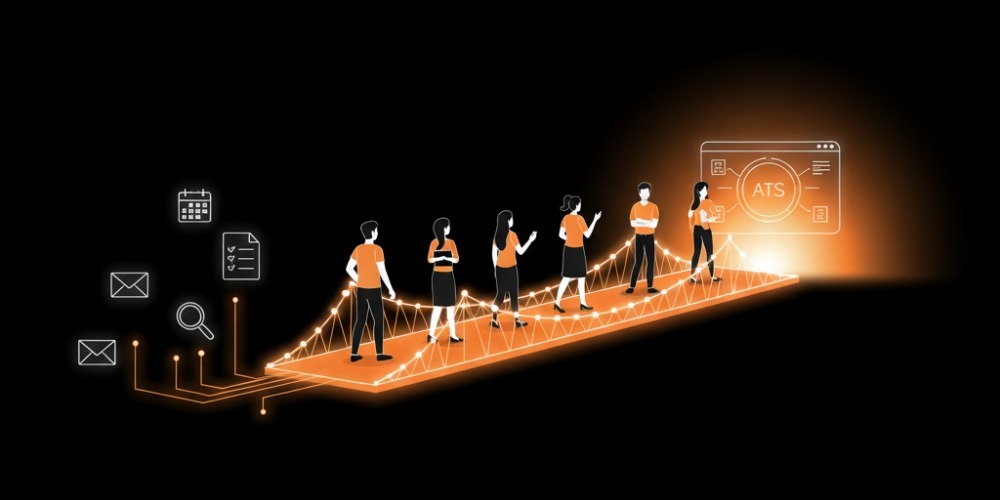
Choose an Open, Flexible ATS
Start with a platform that supports ATS integration API or applicant tracking system API connections. APIs (Application Programming Interfaces) are digital bridges that let your ATS exchange data securely with other systems. Platforms like Greenhouse and workable integrations offer plug-and-play APIs for calendars, assessments and background checks.
Connect Job Boards Seamlessly
If you’re still posting vacancies manually, you’re losing time. Use ATS job board integration to publish roles automatically across Indeed, Glassdoor and niche portals. It ensures every listing is up to date without re-entry.
Use Centralized Data Hubs
APIs are great but middleware tools like ZAPIer or merge ATS connectors take things further. They combine multiple apps under one dashboard, syncing data bi-directionally.
Bring CRM and ATS Together
A unified view of the candidate journey means linking your CRM with your ATS. For example, Salesforce applicant tracking system integrations help recruiters track candidate communication, reminders and status updates from one place. That’s how you eliminate “Who followed up last?” moments.
Automate Screening and Scoring
Introduce automated CV screening software that feeds directly into your ATS. This ensures consistency and removes unconscious bias while saving hours.
Define Access and Privacy Rules
Many recruiters ask, can employers share ATS data with other companies? The answer depends on compliance laws. Use permissions and audit logs to ensure secure, lawful data sharing.
Implement Gradually, Not Overnight
Ripping and replacing systems rarely works. Start small and integrate high-impact tools first (job boards, calendars, CRMs) then scale. Measure improvements in speed, data accuracy and recruiter satisfaction before expanding.
Conclusion
Recruiters are not slow. Systems are. The real productivity leaks aren’t in talent scarcity but in scattered tools. ATS integration bridges those gaps, cutting down wasted hours, repetitive work and missed connections.
Whether you’re exploring ATS integrated services or upgrading to a full-stack ATS product, start by mapping your current process. Identify bottlenecks where information stalls. That’s where integration will make the biggest difference.
FAQs
Quick answers to common questions about ATS integration.
Can small businesses benefit from ATS integration or is it only for big companies?
Absolutely. Small teams gain the most because they run lean. ATS integration removes manual admin and lets them move fast with fewer people, which helps them compete with larger firms using fewer resources.
How much does ATS integration cost on average?
Costs vary by vendor and scope. Basic integrations can start free with built-in connectors, while custom ATS integration API work may range from a few hundred to a few thousand dollars depending on complexity and data volume.
What’s the difference between ATS integration and CRM integration in hiring?
An ATS tracks candidates through hiring stages. A CRM manages relationships such as talent pools and alumni. When you combine both with integrations, recruiters get one view from first outreach to signed offer, with cleaner handoffs and better reporting.



